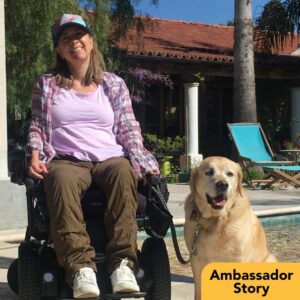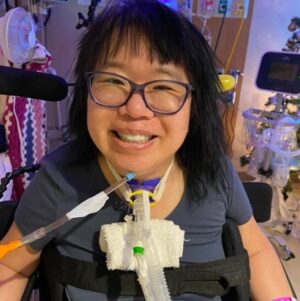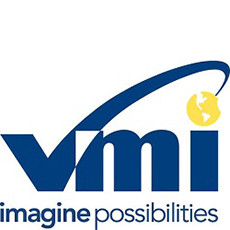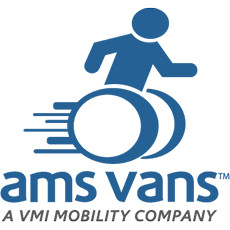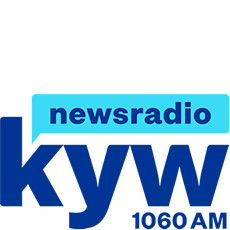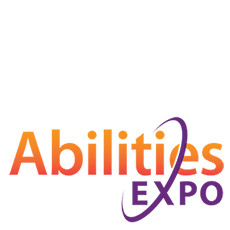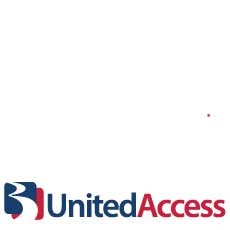Diagnosed with muscular dystrophy in 2023, athletic and independent 37-year-old Nicole Sanders knew she wanted to continue to live out her passions for working with children, dance, sports, and so much more.
Mobility is a key ingredient to maintaining her independence and her passions in life. That’s why Nicole turned to Help Hope Live in January 2025 for medical fundraising for an accessible van and other life essentials.
Discover Nicole’s story and why mobility matters to her in this interview.
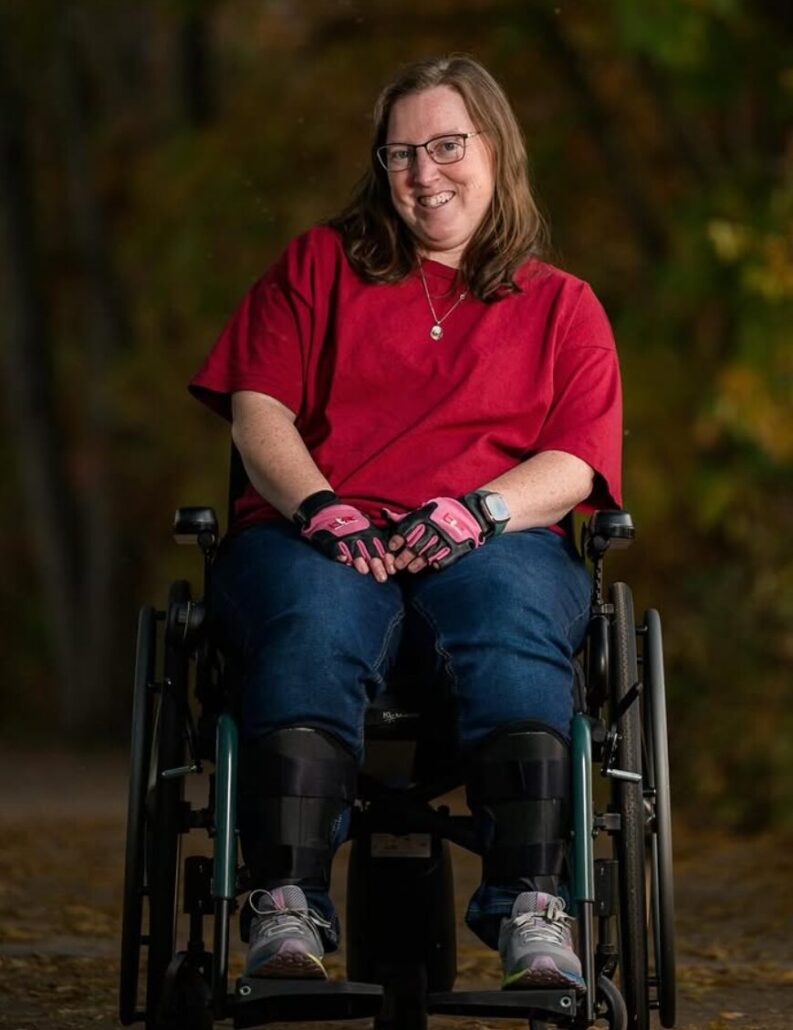
Dancing in the Storm with Nicole Sanders
I had been experiencing muscle weakness for several years before my diagnosis in 2023. I had a misdiagnosis before that—my muscle weakness was happening in combination with other symptoms I was experiencing, including asthma, allergies, and GI issues.
I went through aggressive treatment for it, but 2 years in, the treatment wasn’t working. I just kept feeling weaker in my limbs and core. I asked to see a neuromuscular specialist, which led me to a new diagnosis of limb-girdle muscular dystrophy.
At first, it was hard to accept the diagnosis—but it was also a relief to finally have answers.
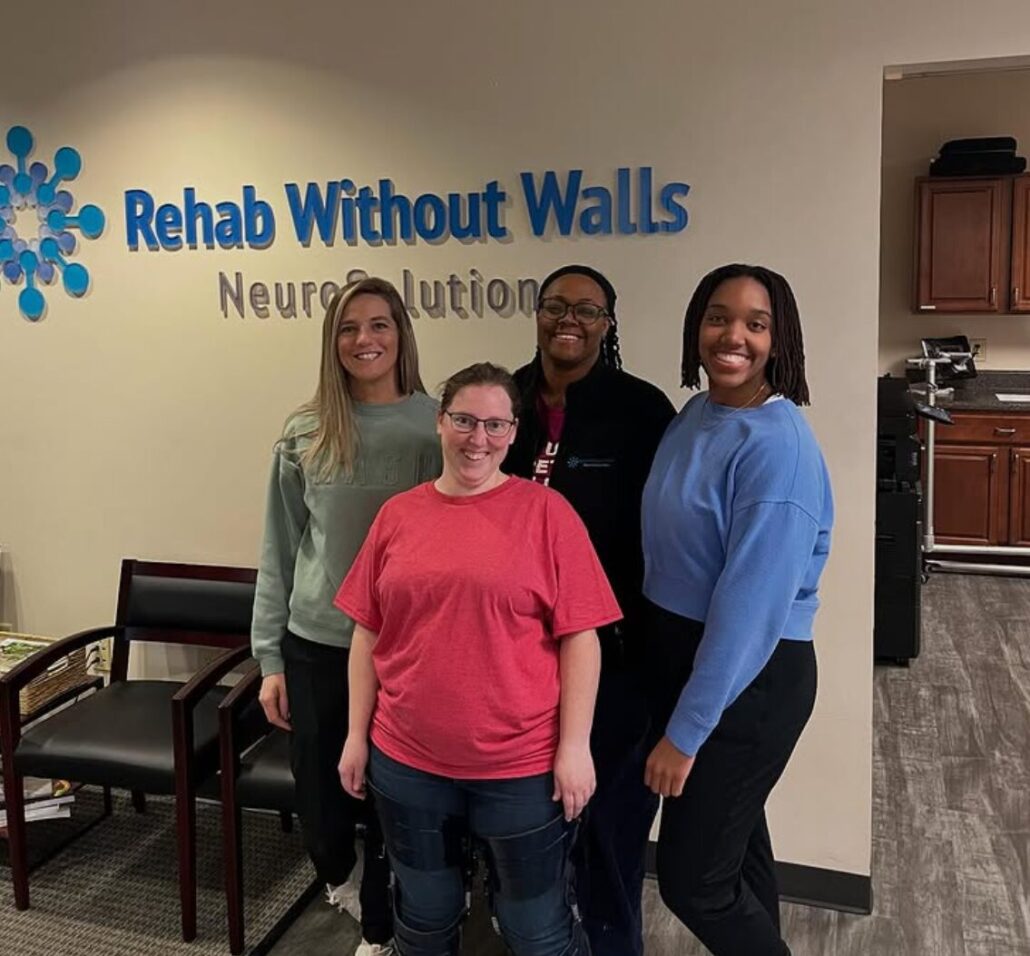
As time has passed, I have become more confident in myself and my ability to do what I want to do.
Today, if I want to do something, then I know I will find a way to do it.
Two or 3 years before my diagnosis, I started using mobility devices or braces as I needed them. It’s honestly hard to remember what life looked like before then, but I did have the strength in my muscles to do so much—hiking, biking, running, playing tennis, dancing, and going to work every day.
I have a master’s in early childhood education, and I have wanted to work with children ever since I was a kid myself. I first began working with children with special needs through a program in high school, and I’ve worked in childcare settings for many years.
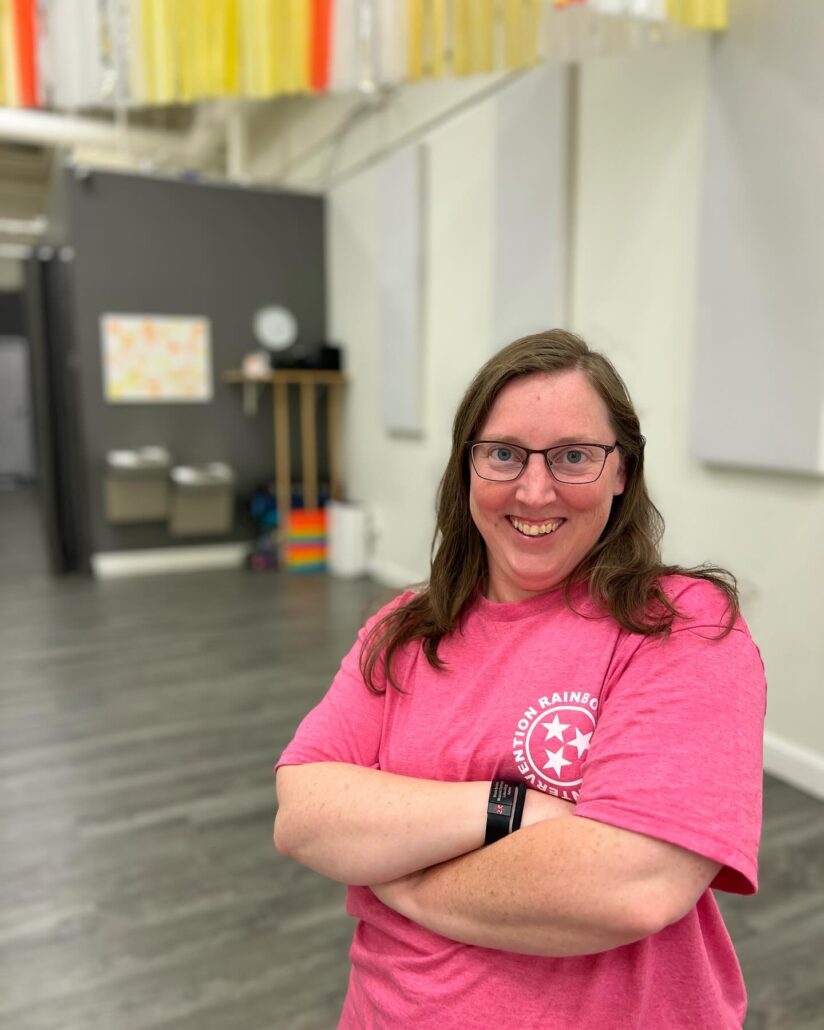
Three-and-a-half years ago, I started working in the Early Intervention field with children who are living with developmental delays and disabilities. Living with a disability myself, I know exactly what it’s like to go through medical appointments, therapies, and so much more.
I feel I have a unique way of connecting with these families.
Though my mobility has changed, I still go to work every day. I just give myself extra time to do things and get myself ready to leave home.
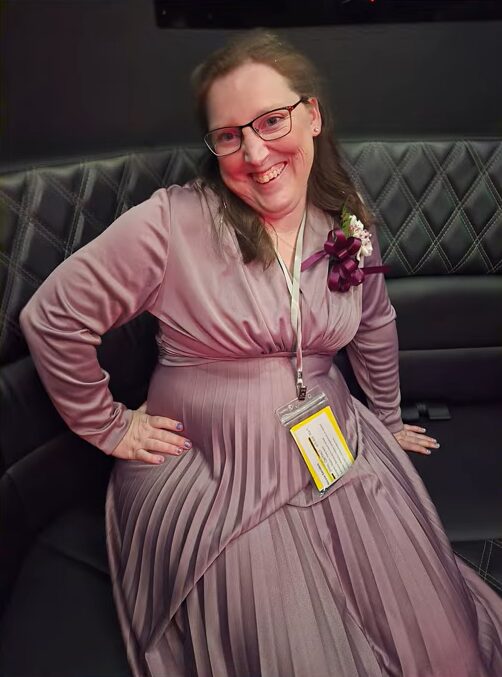
I use forearm crutches daily, a wheelchair, and a posterior walker for mobility. I bring a ramp with me to help navigate stairs.
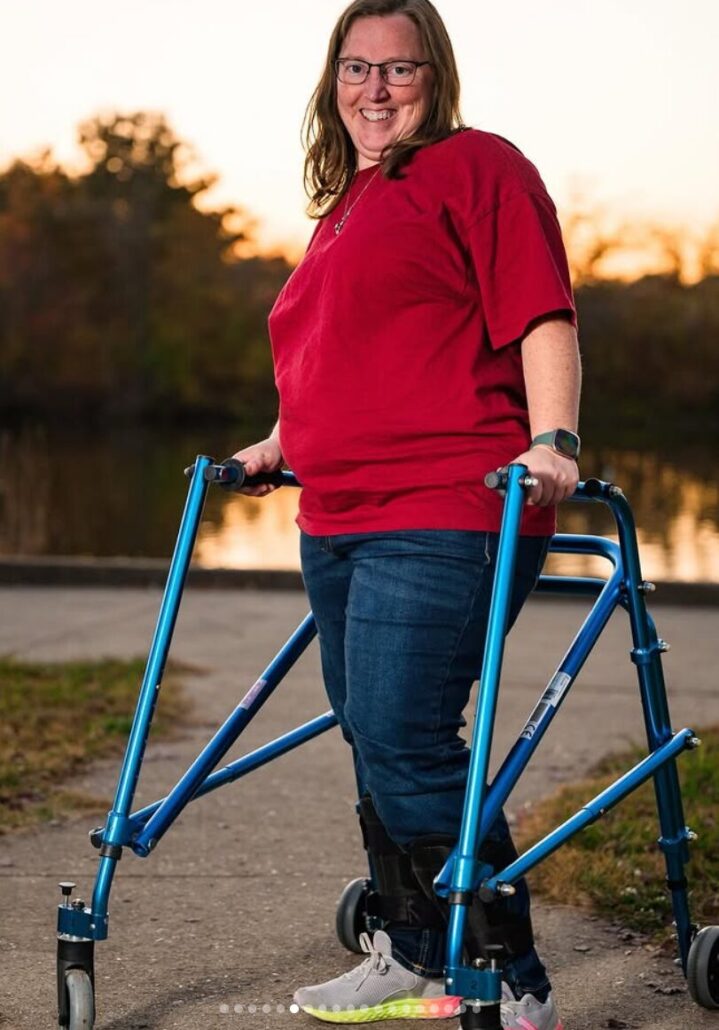
I use my wheelchair for dance and most sports activities. I have to choose when to use my wheelchair to reduce the muscle fatigue that happens to me quickly.
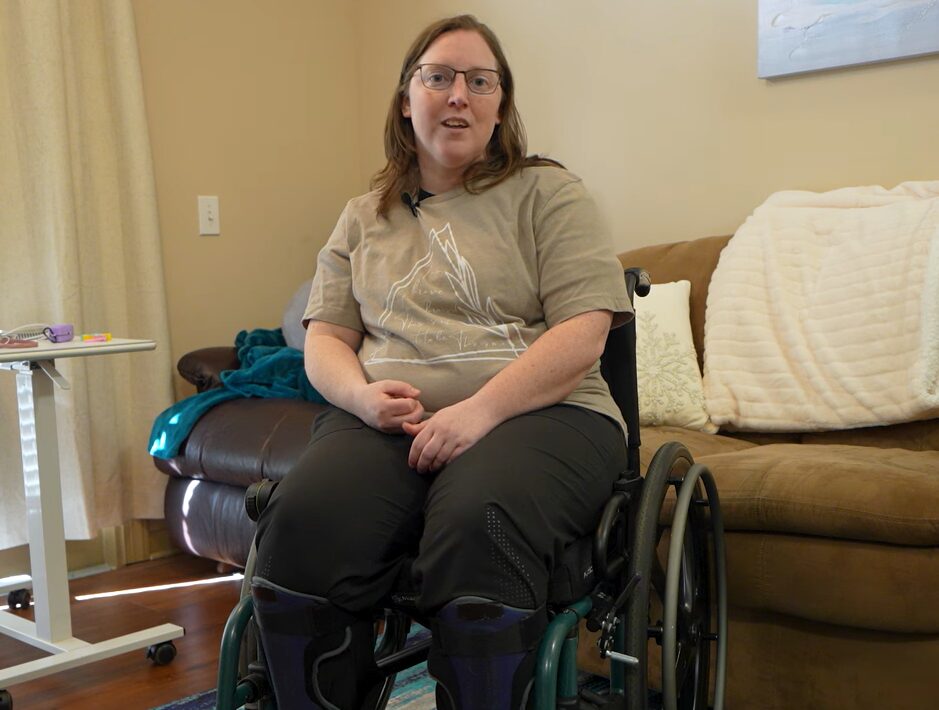
To me, there is no doubt that mobility matters.
Without the ability to move, including by using a wheelchair, I would not be out in my community doing what I love—I would be sitting at home, watching my friends go out and have fun without me.
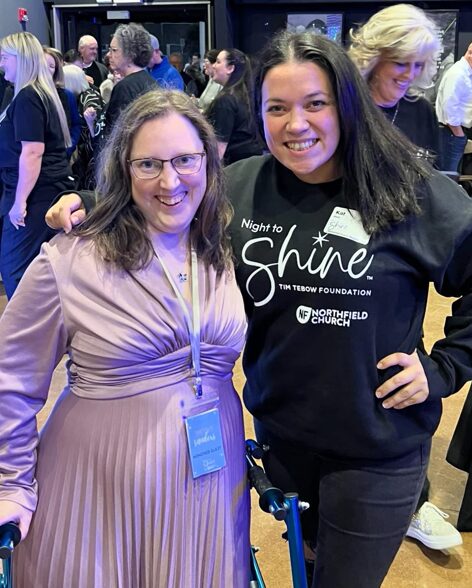
I have found that the public misunderstands a lot about mobility: they assume that since I have the ability to walk, I must be able to walk all the time. On the other side, when people see me in my wheelchair, they are surprised to see me stand up or move my feet.
I choose to use the mobility devices I need whenever I need them—despite what anyone else says or the looks of confusion that I get.

Disability pride is a new phrase for me and one that I am embracing.
To me, pride is about accepting the identity of people living with disabilities and celebrating that fact instead of making someone feel ashamed or left out.
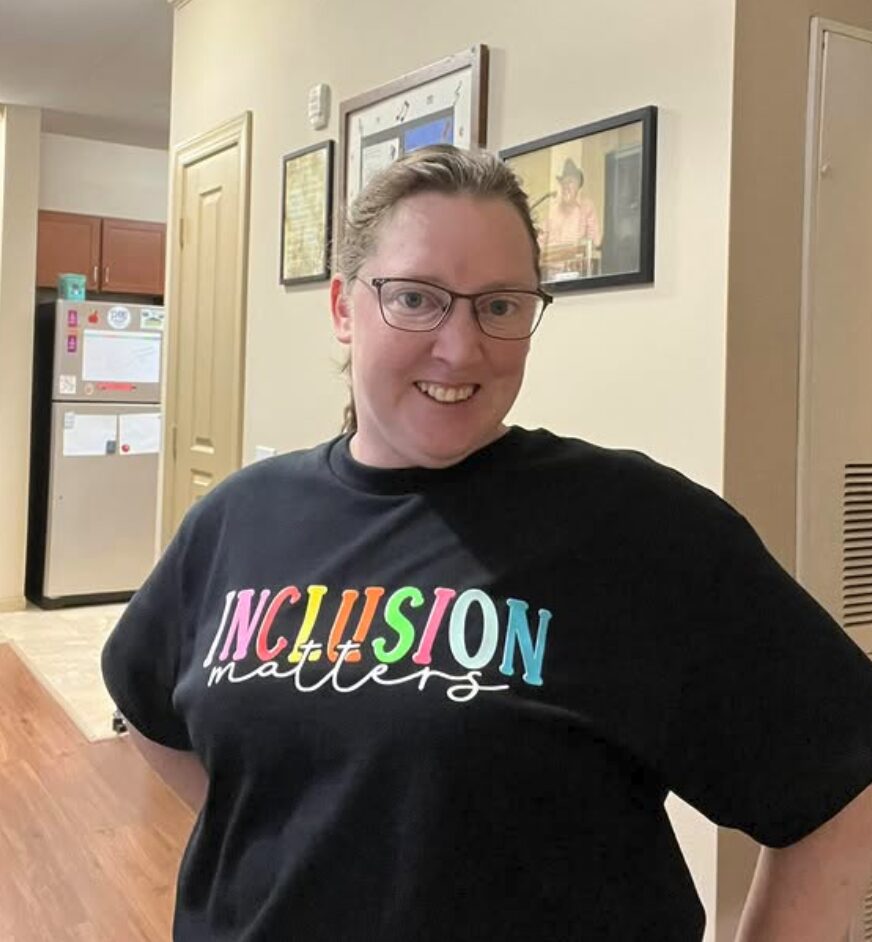
I learned about Help Hope Live from MobilityWorks. I decided to start fundraising with Help Hope Live because I knew I could not cover the cost of an adaptive van on my own.
I knew Help Hope Live was a nonprofit and had helped so many other people—that’s why I made the choice.
As my mobility changes, an adaptive van has become a critical need: I have to use my wheelchair more often, and it’s exhausting and limiting to get in and out of a regular car multiple times each day.
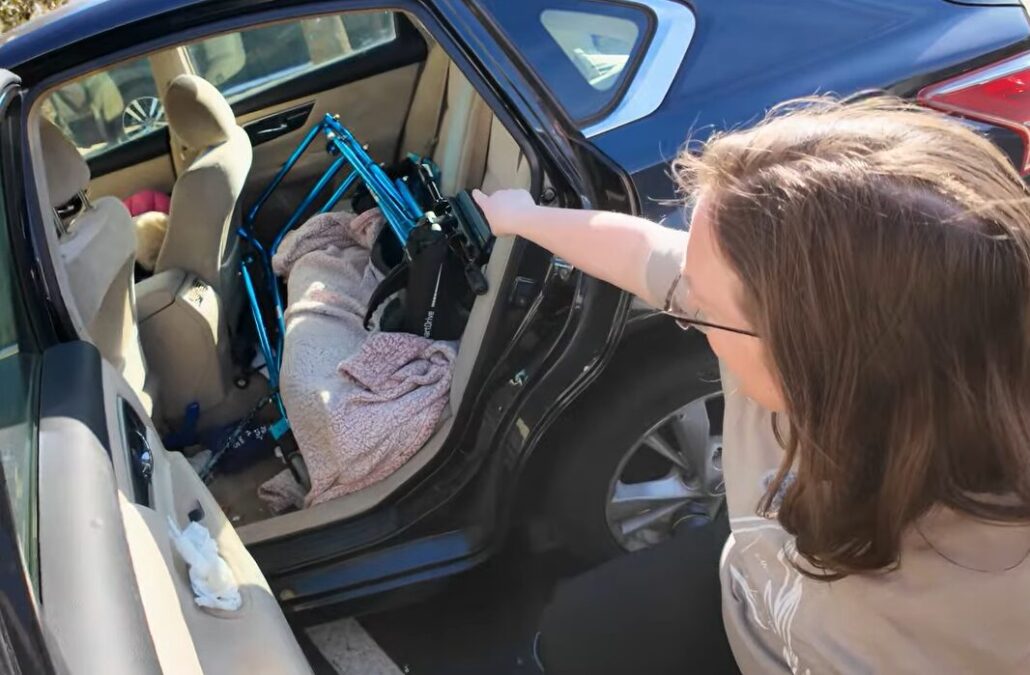
My friend Danny is the one who asked me if I would be interested in doing a video for my fundraising campaign. I am so impressed with how it turned out:
When I meet my goal for an accessible van, I’ll be able to carry all my mobility supplies with me and even let friends ride with me—currently, my mobility supplies take up the entire backseat of my car, so there’s no room for passengers. I’d be able to reduce my fatigue from taking apart and re-assembling my own wheelchair.
It would be so great to just roll in and out of an accessible van.
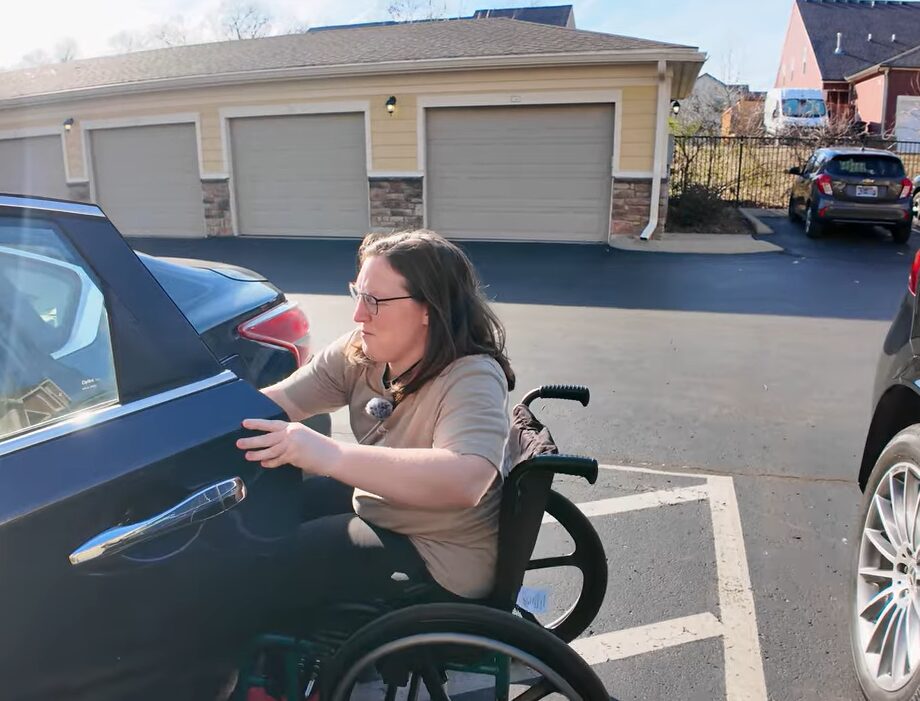
It was a challenge to get used to needing more help from others. I have always been independent, and it was hard to ask for that help when I first needed it.
I have surrounded myself with the best of friends, and I have a great community that understands me. I feel like I’ve always had the support I needed from others.
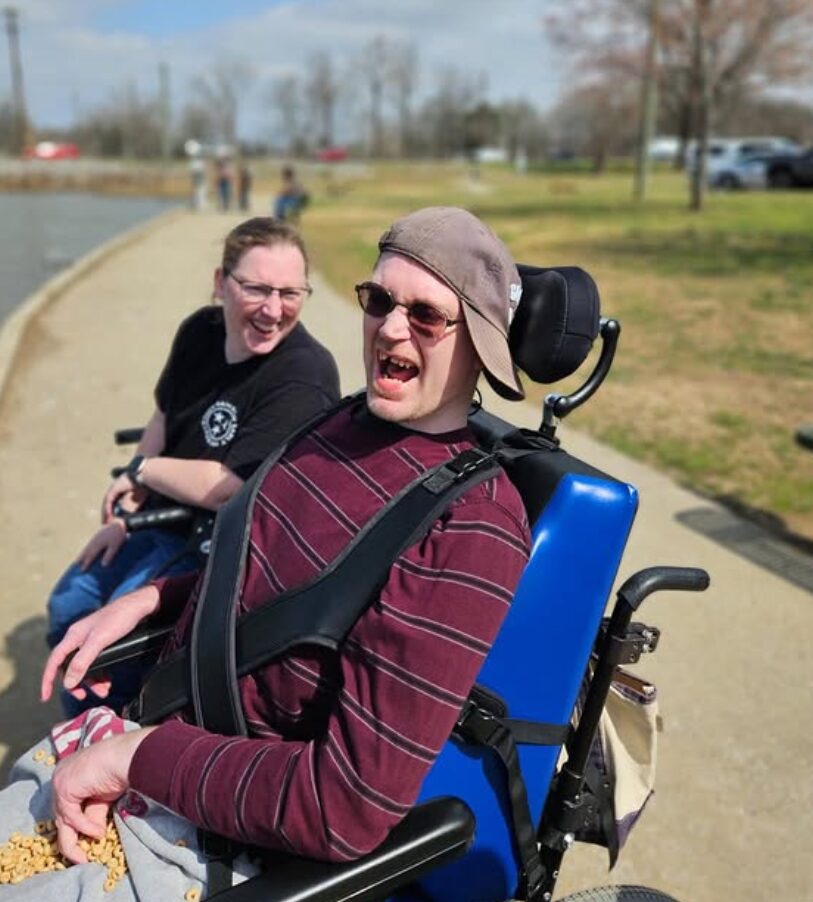
We lean on each other. We know that we are there for each other through the good and the hard times.
Some days are hard, and I do have moments when I break down and cry. But I have learned to embrace the fact that while this diagnosis is a part of who I am, it doesn’t define me. That mentality makes it easier to keep a positive mindset.
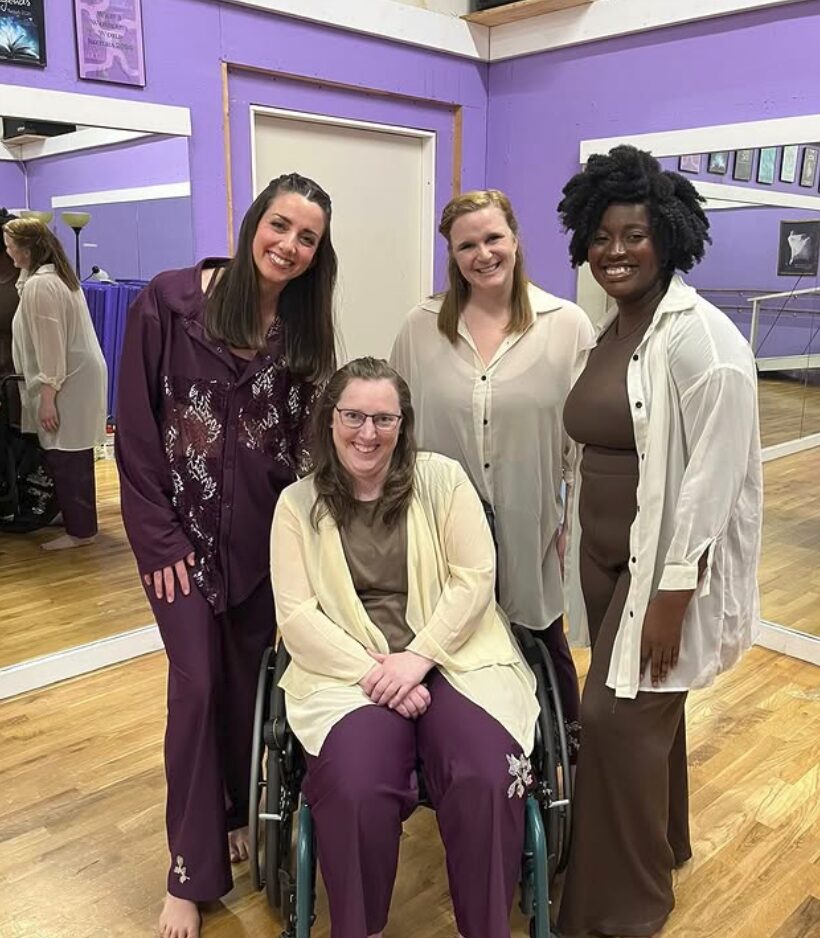
I tell myself one positive thing every day.
Living life to the fullest is important to me. I used to sit at home more often, but once I got my wheelchair, it gave me the independence and confidence to do whatever I want to do.
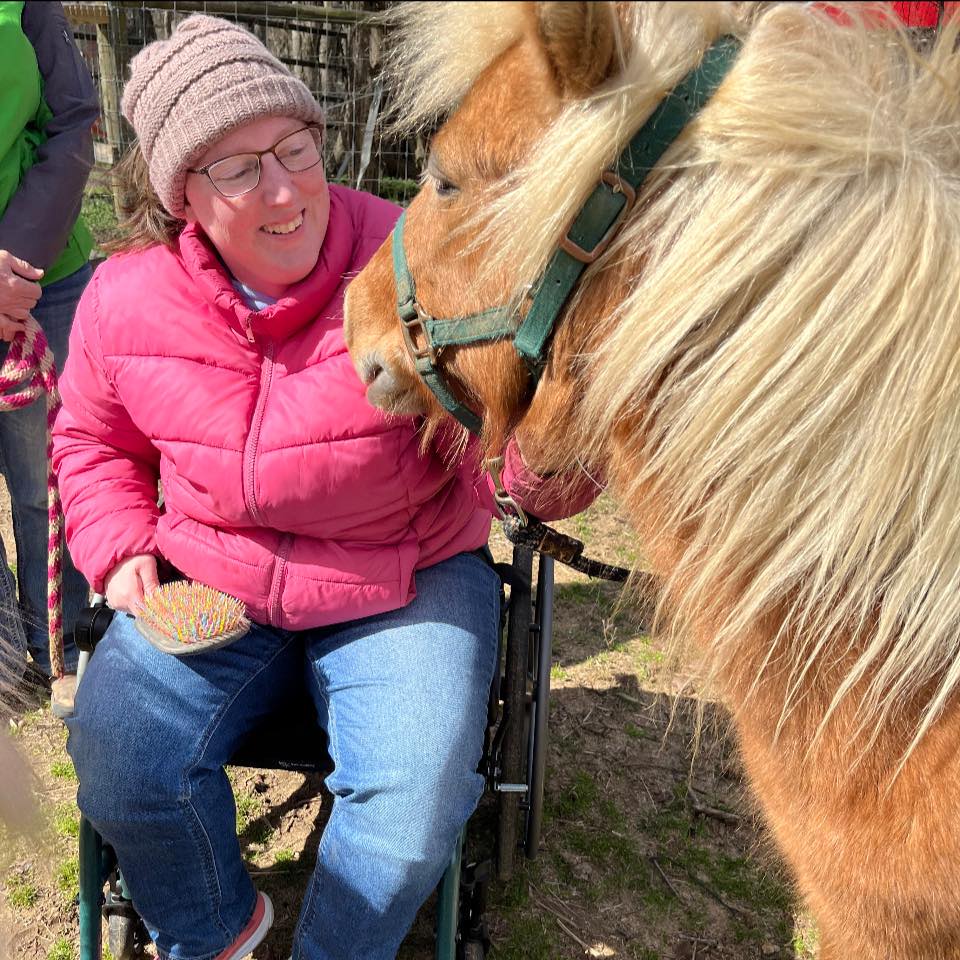
Whether it is going to a baseball game, shopping at the mall, or strolling in the park, my wheelchair has given me that capability to adapt and participate.

There are a few things I do miss out on, but overall, I have found a way to do all the things I love to do. I just adapt.
While I knew adaptive sports and dance existed prior to my diagnosis, I never thought I would be participating myself one day.
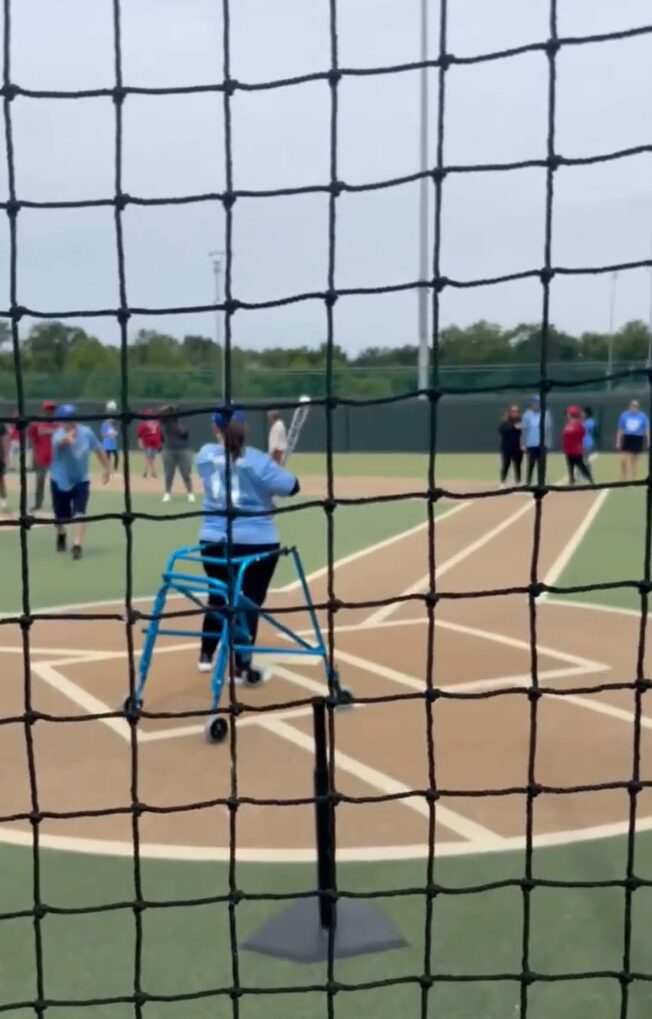
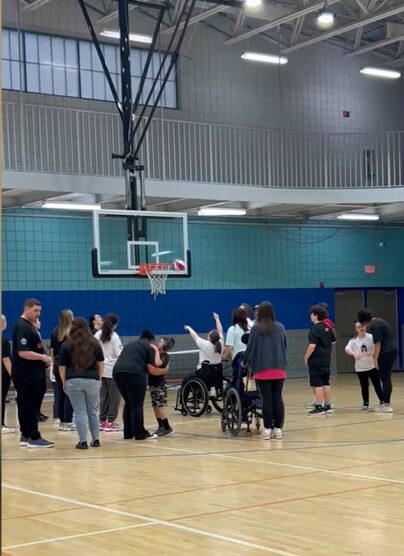
I have fallen in love with adaptive baseball, basketball, and dance.
I first started dancing in college with a ballet and jazz dance class, and I continued to take dance workout classes after college. Over time, I was getting so many injuries from falling that I was in a brace or a boot most of the time.
That’s when I stopped going to the gym and doing any physical activities—a doctor told me it was no longer safe for me to dance, run, or hike.
I learned about MOVE Inclusive Dance from Facebook, and I was able to try out one of the Latin dance classes. In November 2024, I participated in my first dance recital.
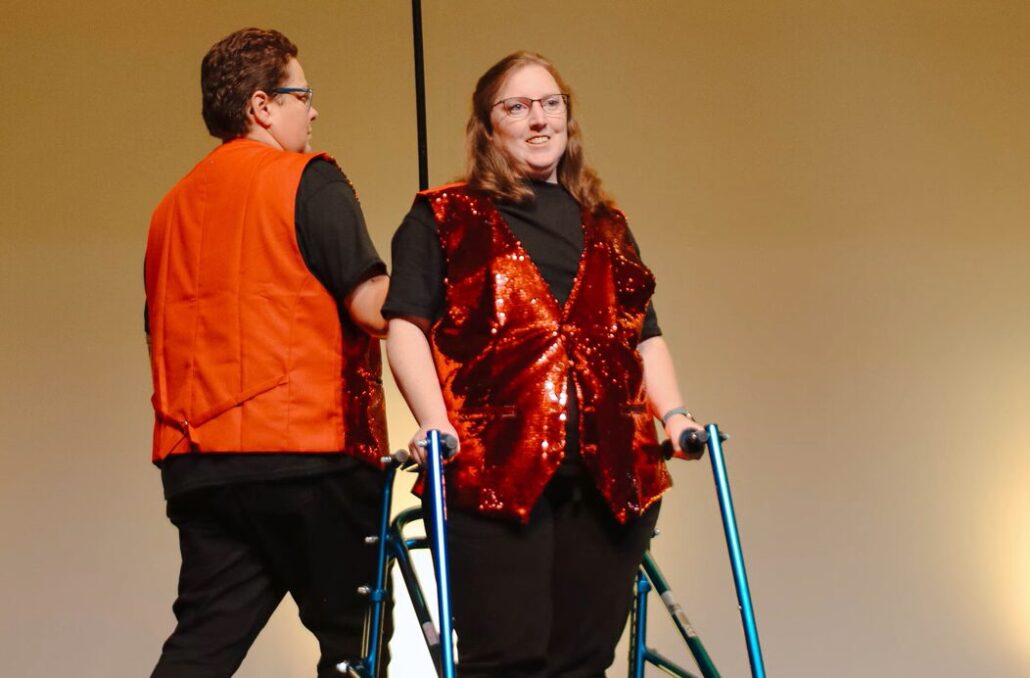
I was nervous at first, but once I was on stage, I felt empowered and confident.
We danced to “This Is Me”—a song that has a lot of meaning to me. I took the lyrics of the song and wrote down how each lyric made me feel. It helped me to make a strong connection between the words and the dance.
Since November, I have completed a professional dance performance and performed on a dance team. I’ve found an adaptive running group and signed up for a 1-mile race and a 5K. I am looking forward to getting back into running, even though, like dance, it looks different to me than it did before.
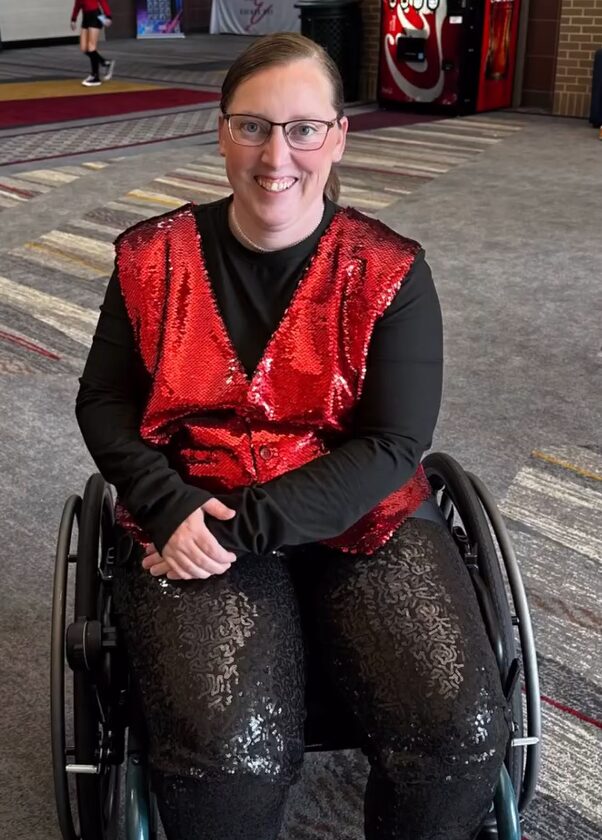
To me, hope is a quiet whisper that says “maybe” when everything else feels heavy or impossible. It’s the strength to believe that something better can come because you have hope.
Hope is dancing in the storm. Smiling through the tears. Knowing that I am not done yet.
Find Nicole’s Campaign Page at helphopelive.org and follow her on Instagram and on Facebook.

